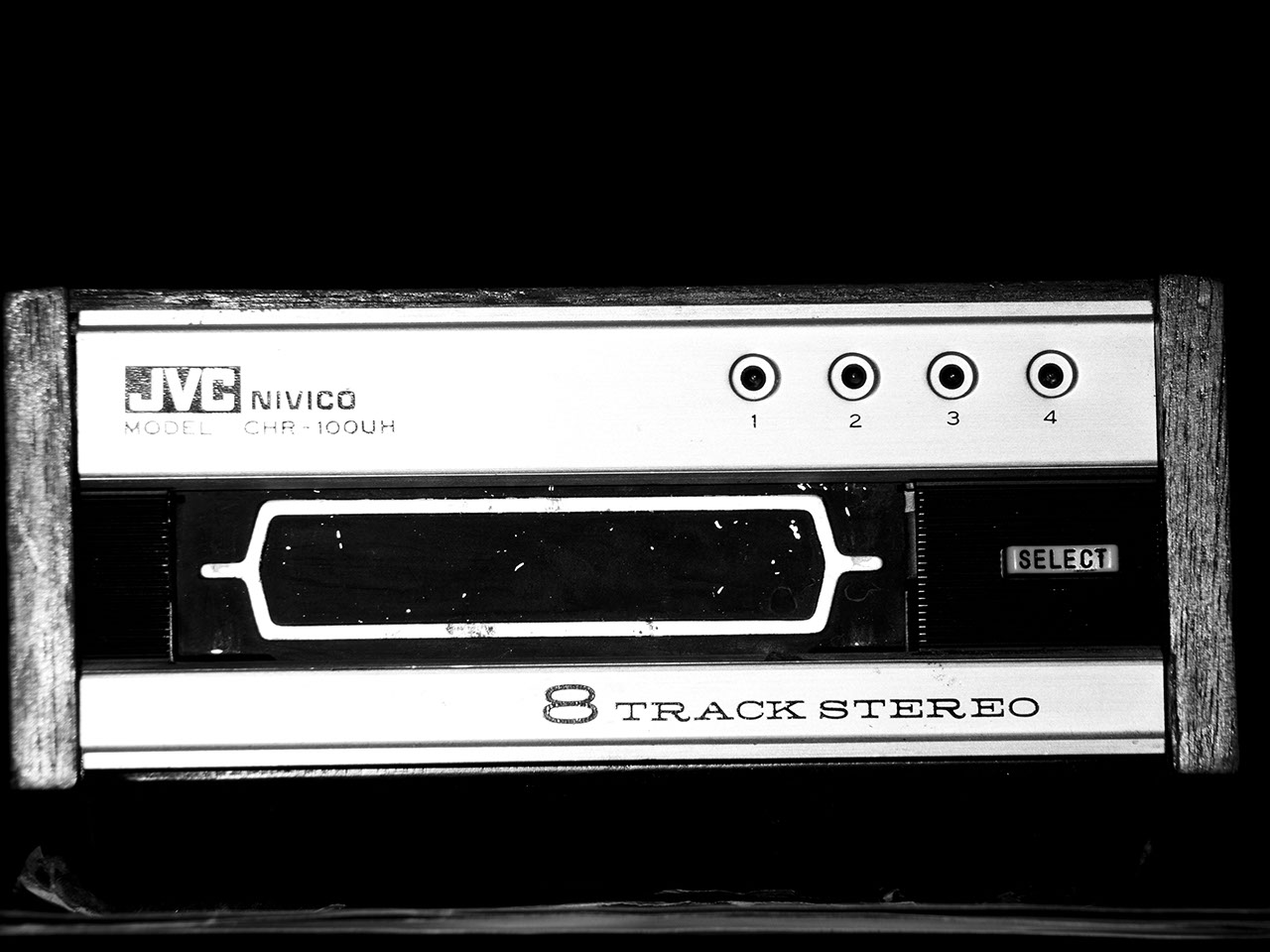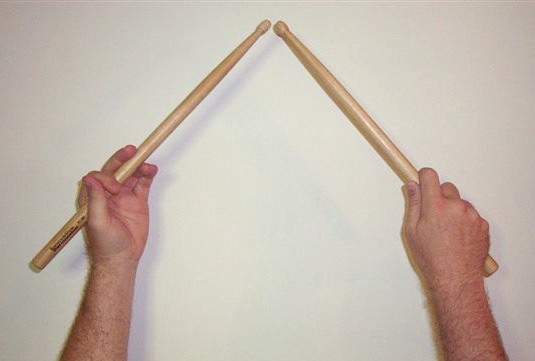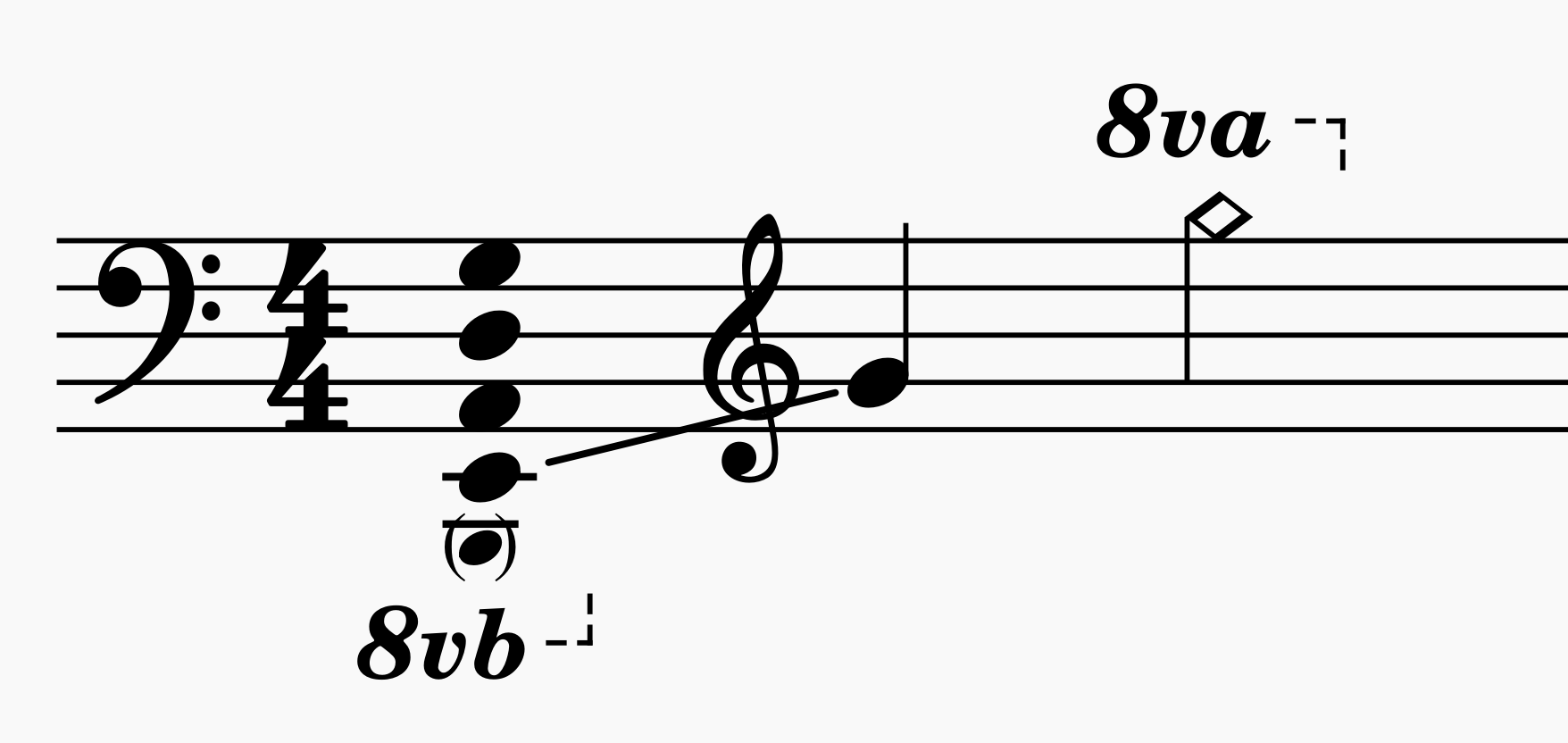|
This Brings Us To Volume 1
''This Brings Us to Volume 1'' is an album by Henry Threadgill featuring six of Threadgill's compositions performed by Threadgill's Zooid. The album, Threadgill's first in eight years besides the limited edition ''Pop Start the Tape, Stop'' (2005), was released on the Pi Recordings label in 2009. Reception The album was selected as one of the best jazz recordings of the year by ''The New York Times'', ''The Wall Street Journal'' and ''PopMatters''. The AllMusic review by Michael G. Nastos stated: "A most unique combination of musicians that collectively sounds like no other modern jazz ensemble, Threadgill's Zooid must be heard to be appreciated, especially live, as the studio does not do the band justice."Nastos, M. G. AllMusic reviewaccessed February 12, 2010. The ''All About Jazz'' review by Troy Collins stated, "Threadgill unfurls fluid variations from his vocally expressive flute on the first half of the album, tortuous bluesy cadences from his acerbic alto on the second".Co ... [...More Info...] [...Related Items...] OR: [Wikipedia] [Google] [Baidu] |
Album
An album is a collection of audio recordings issued on compact disc (CD), Phonograph record, vinyl, audio tape, or another medium such as Digital distribution#Music, digital distribution. Albums of recorded sound were developed in the early 20th century as individual Phonograph record#78 rpm disc developments, 78 rpm records collected in a bound book resembling a photograph album; this format evolved after 1948 into single vinyl LP record, long-playing (LP) records played at revolutions per minute, rpm. The album was the dominant form of recorded music expression and consumption from the mid-1960s to the early 21st century, a period known as the album era. Vinyl LPs are still issued, though album sales in the 21st-century have mostly focused on CD and MP3 formats. The 8-track tape was the first tape format widely used alongside vinyl from 1965 until being phased out by 1983 and was gradually supplanted by the cassette tape during the 1970s and early 1980s; the populari ... [...More Info...] [...Related Items...] OR: [Wikipedia] [Google] [Baidu] |
Liberty Ellman
Liberty Ellman (born July 17, 1971) is a jazz guitarist born in London and raised in the United States, beginning in New York City. In the early 1980s, Ellman's family moved to California. Before leaving New York, he attended City and Country School in Greenwich Village. Biography In the 1990s, Ellman was associated with the M-Base musical scene in San Francisco, California, where he played with Vijay Iyer, Miya Masaoka, Ledisi, Steve Coleman, Eric Crystal, EW Wainwright's African Roots of Jazz, Omar Sosa, and D'Armous Boone Collective. He worked with hip hop acts the Coup and Midnight Voices, and performed opening spots for Devo, Ice Cube, Pharcyde, and the Stray Cats. During this time Ellman composed for the San Francisco Mime Troupe. He released his debut album on his label, Red Giant Records, in 1997 and moved back to New York City the following year. Ellman has performed and recorded with Ben Goldberg, Okkyung Lee, Steve Lehman, Joe Lovano, Rudresh Mahanthappa, Barney M ... [...More Info...] [...Related Items...] OR: [Wikipedia] [Google] [Baidu] |
2009 Albums
The following is a list of albums, EPs, and mixtapes released in 2009. These albums are (1) original, i.e. excluding reissues, remasters, and compilations of previously released recordings, and (2) notable Notability is the property of being worthy of notice, having fame, or being considered to be of a high degree of interest, significance, or distinction. It also refers to the capacity to be such. Persons who are notable due to public responsibi ..., defined as having received significant coverage from reliable sources independent of the subject. For additional information about bands formed, reformed, disbanded, or on hiatus, for deaths of musicians, and for links to musical awards, see 2009 in music. First quarter January February March Second quarter April May June Third quarter July August September Fourth quarter October November December References {{DEFAULTSORT:2009 albums Albums 2009 ... [...More Info...] [...Related Items...] OR: [Wikipedia] [Google] [Baidu] |
Drum Kit
A drum kit (also called a drum set, trap set, or simply drums) is a collection of drums, cymbals, and other auxiliary percussion instruments set up to be played by one person. The player (drummer) typically holds a pair of matching drumsticks, one in each hand, and uses their feet to operate a foot-controlled hi-hat and bass drum pedal. A standard kit may contain: * A snare drum, mounted on a stand * A bass drum, played with a beater moved by a foot-operated pedal * One or more tom-toms, including rack toms and/or floor toms * One or more cymbals, including a ride cymbal and crash cymbal * Hi-hat cymbals, a pair of cymbals that can be manipulated by a foot-operated pedal The drum kit is a part of the standard rhythm section and is used in many types of popular and traditional music styles, ranging from rock and pop to blues and jazz. __TOC__ History Early development Before the development of the drum set, drums and cymbals used in military and orchestral mu ... [...More Info...] [...Related Items...] OR: [Wikipedia] [Google] [Baidu] |
Elliot Humberto Kavee
Elliot (also spelled Eliot, Elliotte, Elliott, Eliott and Elyot) is a personal name which can serve as either a surname or a given name. Although the given name has historically been given to males, females have increasingly been given the name as well in the United States. Surname origin Differences in spelling can be distinguished in this rhyme: The double L and single T / Descent from Minto and Wolflee, / The double T and single L / Mark the old race in Stobs that dwell. / The single L and single T / The Eliots of St Germans be, / But double T and double L, / Who they are nobody can tell. Scotland The origin of the Scottish surname is obscure, due to much of the genealogy of the Eliott clan being burnt in the destruction of the castle at Stobs in 1712. The clan society usually accepts that the name originated from the town and river Elliot in Angus, Scotland. Other sources claim that the Scottish surnames (Eliott, Elliot) originate from the Ellot Scottish border-clan, ... [...More Info...] [...Related Items...] OR: [Wikipedia] [Google] [Baidu] |
Tuba
The tuba (; ) is the lowest-pitched musical instrument in the brass instrument, brass family. As with all brass instruments, the sound is produced by lip vibrationa buzzinto a mouthpiece (brass), mouthpiece. It first appeared in the mid-19th century, making it one of the newer instruments in the modern orchestra and concert band. The tuba largely replaced the ophicleide. ''Tuba'' is Latin for "trumpet". A person who plays the tuba is called a tubaist, a tubist, or simply a tuba player. In a British Brass band (British style), brass band or military band, they are known as bass players. History Prussian Patent No. 19 was granted to Wilhelm Friedrich Wieprecht and Johann Gottfried Moritz (1777–1840) on September 12, 1835 for a "bass tuba" in F1. The original Wieprecht and Moritz instrument used five valves of the Brass instrument valve#Double-piston valve, Berlinerpumpen type that were the forerunners of the modern piston valve. The first tenor tuba was invented in 1838 ... [...More Info...] [...Related Items...] OR: [Wikipedia] [Google] [Baidu] |
Trombone
The trombone (german: Posaune, Italian, French: ''trombone'') is a musical instrument in the brass family. As with all brass instruments, sound is produced when the player's vibrating lips cause the air column inside the instrument to vibrate. Nearly all trombones use a telescoping slide mechanism to alter the pitch instead of the valves used by other brass instruments. The valve trombone is an exception, using three valves similar to those on a trumpet, and the superbone has valves and a slide. The word "trombone" derives from Italian ''tromba'' (trumpet) and ''-one'' (a suffix meaning "large"), so the name means "large trumpet". The trombone has a predominantly cylindrical bore like the trumpet, in contrast to the more conical brass instruments like the cornet, the euphonium, and the French horn. The most frequently encountered trombones are the tenor trombone and bass trombone. These are treated as non-transposing instruments, reading at concert pitch in bass cl ... [...More Info...] [...Related Items...] OR: [Wikipedia] [Google] [Baidu] |
José Davila
José is a predominantly Spanish and Portuguese form of the given name Joseph. While spelled alike, this name is pronounced differently in each language: Spanish ; Portuguese (or ). In French, the name ''José'', pronounced , is an old vernacular form of Joseph, which is also in current usage as a given name. José is also commonly used as part of masculine name composites, such as José Manuel, José Maria or Antonio José, and also in female name composites like Maria José or Marie-José. The feminine written form is ''Josée'' as in French. In Netherlandic Dutch, however, ''José'' is a feminine given name and is pronounced ; it may occur as part of name composites like Marie-José or as a feminine first name in its own right; it can also be short for the name ''Josina'' and even a Dutch hypocorism of the name ''Johanna''. In England, Jose is originally a Romano-Celtic surname, and people with this family name can usually be found in, or traced to, the English county of C ... [...More Info...] [...Related Items...] OR: [Wikipedia] [Google] [Baidu] |
Bass Guitar
The bass guitar, electric bass or simply bass (), is the lowest-pitched member of the string family. It is a plucked string instrument similar in appearance and construction to an electric or an acoustic guitar, but with a longer neck and scale length, and typically four to six strings or courses. Since the mid-1950s, the bass guitar has largely replaced the double bass in popular music. The four-string bass is usually tuned the same as the double bass, which corresponds to pitches one octave lower than the four lowest-pitched strings of a guitar (typically E, A, D, and G). It is played primarily with the fingers or thumb, or with a pick. To be heard at normal performance volumes, electric basses require external amplification. Terminology According to the ''New Grove Dictionary of Music and Musicians'', an "Electric bass guitar sa Guitar, usually with four heavy strings tuned E1'–A1'–D2–G2." It also defines ''bass'' as "Bass (iv). A contraction of Double bass ... [...More Info...] [...Related Items...] OR: [Wikipedia] [Google] [Baidu] |
Stomu Takeishi
Stomu Takeishi (born 1964, in Mito, Ibaraki Prefecture) is a Japanese experimental and jazz bassist. He is known for playing fretless five-string electric bass guitar and a Klein five-string acoustic bass guitar, often using extended techniques and electronic manipulations such as looping. Career Takeishi began as a koto player. He moved to the United States in 1983 to attend the Berklee College of Music in Boston, Massachusetts. After completing his degree in 1986, he moved to Manhattan to continue his studies at The New School. In the 1990s, he began to achieve prominence as an innovative New York jazz bass player, and critics have noted both his adventurous playing and sensitivity to sound and timbre. He has played in many international jazz festivals and often performs at major venues in New York, the United States, and Europe. He has performed and/or recorded with Don Cherry, Henry Threadgill, Pat Metheny, Bill Frisell, Butch Morris, Dave Liebman, Randy Brecker, Wyn ... [...More Info...] [...Related Items...] OR: [Wikipedia] [Google] [Baidu] |
Acoustic Guitar
An acoustic guitar is a musical instrument in the string family. When a string is plucked its vibration is transmitted from the bridge, resonating throughout the top of the guitar. It is also transmitted to the side and back of the instrument, resonating through the air in the body, and producing sound from the sound hole. The original, general term for this stringed instrument is ''guitar'', and the retronym 'acoustic guitar' distinguishes it from an electric guitar, which relies on electronic amplification. Typically, a guitar's body is a sound box, of which the top side serves as a sound board that enhances the vibration sounds of the strings. In standard tuning the guitar's six strings are tuned (low to high) E2 A2 D3 G3 B3 E4. Guitar strings may be plucked individually with a pick (plectrum) or fingertip, or strummed to play chords. Plucking a string causes it to vibrate at a fundamental pitch determined by the string's length, mass, and tension. ( Overtones are also ... [...More Info...] [...Related Items...] OR: [Wikipedia] [Google] [Baidu] |
Flute
The flute is a family of classical music instrument in the woodwind group. Like all woodwinds, flutes are aerophones, meaning they make sound by vibrating a column of air. However, unlike woodwind instruments with reeds, a flute is a reedless wind instrument that produces its sound from the flow of air across an opening. According to the instrument classification of Hornbostel–Sachs, flutes are categorized as edge-blown aerophones. A musician who plays the flute is called a flautist or flutist. Flutes are the earliest known identifiable musical instruments, as paleolithic examples with hand-bored holes have been found. A number of flutes dating to about 53,000 to 45,000 years ago have been found in the Swabian Jura region of present-day Germany. These flutes demonstrate that a developed musical tradition existed from the earliest period of modern human presence in Europe.. Citation on p. 248. * While the oldest flutes currently known were found in Europe, Asia, too, has ... [...More Info...] [...Related Items...] OR: [Wikipedia] [Google] [Baidu] |




